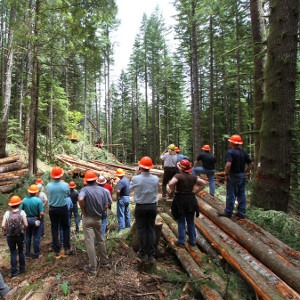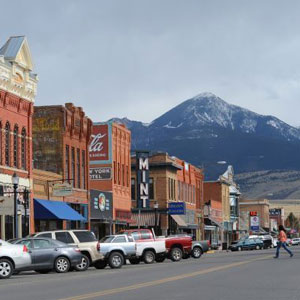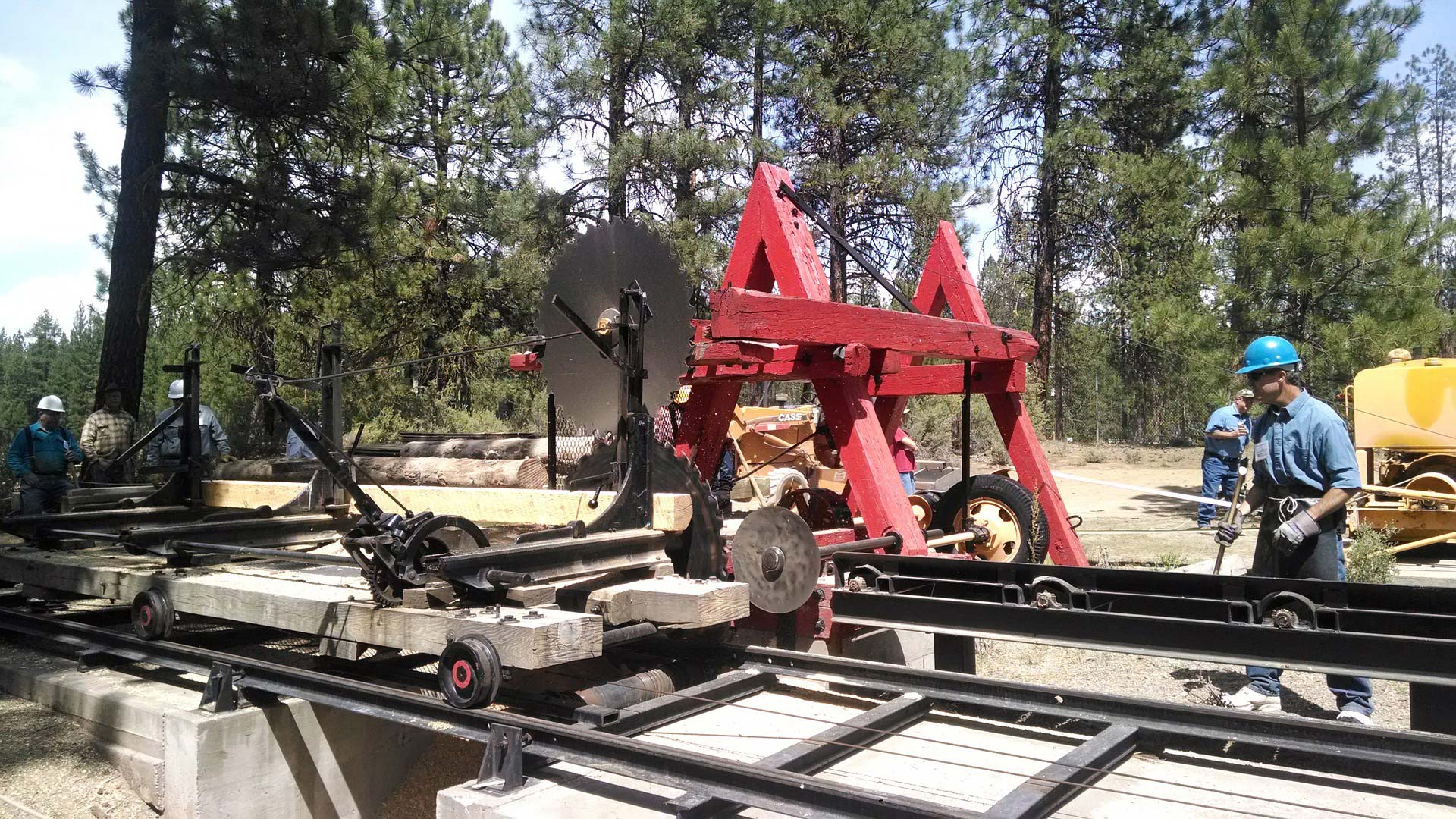-

Western counties once dependent on timber today perform similarly to like-sized counties. Three case studies outline economic lessons from counties that weathered the timber transition. Read more
-

Minority populations are growing in nearly all rural western counties, helping booming communities expand and slowing the decline in counties that otherwise would have lost people. Read more
-

Non-labor income sources such as investments, Social Security, Medicare, and Medicaid often are the largest and fastest growing sources of personal income for many counties. Rural counties especially are surprisingly dependent on non-labor income. Read more
-

The rural West matters for at least three important reasons: the vitality of the region’s landscape; its impact on local, state, and national politics; and the future of the area’s people and communities. Read more
-

Update: Rural counties in the West with more federal lands performed better on average than their peers with less federal lands in four key economic measures. Read more
-

Recent trends in manufacturing and what they mean for the people and communities of the American West, with insights for rural areas in particular. Read more